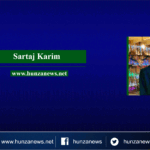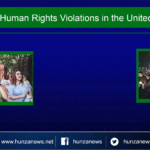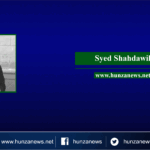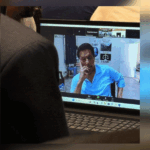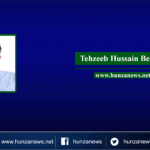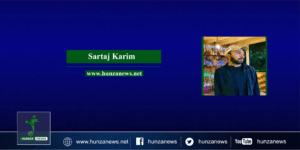If you’re reading this, you don’t need to be told what all has happened in the last few days. ‘How’ and ‘why’ are questions you need answered. You won’t find those answers here. But you will find a few more important questions that need pondering.
HunzaNews, September 1st, 2014.
It was not supposed to be this way. It wasn’t supposed to come to this. Tear gas was not meant to billow above the country’s nerve centre and the wails of sirens were not meant to shoot through the smog and into the night sky; people were not meant to die and hundreds were not supposed to swarm the emergency wards of nearby hospitals; and, most importantly, the Punjab police were not meant to unleash a wave of terror that shook the most seasoned of observers.
Despite the hardnosed posturing there was malleable talking in the background; and despite the seeming ‘breakdown’ of talks, despite the intransigence, there had been some understandings. If there ever were a sign that it should not have come to this, it would be the involvement of none other than the army chief as an intermediary – or ‘facilitator,’ if you want to use ISPR’s language. Both Imran Khan and Dr Tahirul Qadri emerged buoyant from those talks late Thursday, early Friday. The government seemed more relaxed.
But something went wrong somewhere.
Stitching together what PTI’s Javed Hashmi said in an explosive and damning press conference on Sunday and other buzz on the ground in Islamabad, the reports of what transpired go something like this: The government had apparently agreed that Prime Minister Nawaz Sharif would not resign, but go on ‘long-leave’ for a month or so while the inquiry into the election rigging took place. A similar offering was made for Shahbaz Sharif on the Model Town inquiry. That was the last sticking point, because the rest of the demands had been met a few days ago. The decisive ‘long-leave’ option was reportedly communicated to Imran Khan and the PTI sometime on Saturday. Following this, the PTI held a meeting of its core committee in which all the leaders were unanimous on the fact that this offering was a great victory for the party.
More importantly, they decided that the PTI and its supporters shouldn’t move any further (towards the Prime Minister House) from where they were (Parade Ground). Imran Khan is said to have listened to this advice carefully and finally agreed. He was to go on top of the container and announce the victory to the sit-in and followers across Pakistan, and then call of any further move forward and perhaps even call off the sit-in.
However, Imran went atop the container and announced, to everyone’s surprise, that the sit-in would follow Dr Qadri and PAT’s supporters towards the PM House. He even apologised to Hashmi at the end of his short speech – that is when the media picked up that something had gone wrong. Hashmi later insinuated that Imran was receiving ‘messages’ (it was either a phone call or something someone said in his ear) – and perhaps that’s why he decided to move forward. He said that Imran told him that moving forward was a compulsion (‘majboor hain’).
But they couldn’t have guessed what would follow.
It took everyone by surprise when the first teargas shell was fired, shattering to bits a nervous, but effective, status quo of not using violence that had been in place for over two weeks. In fact, few were even willing to believe that it had happened – until the images hit the screens.
And then it spiraled and spiraled some more. It is pertinent to note that there was no real report of any institution coming under attack from protesters before the teargasing and rubber bullets started; there was no real attempt to breach buildings and no stated plan to storm any building. No such information from the media and not even from the army. What was the trigger? Or was this always going to happen?
One more important deduction must be made here on this point: The use of force against protesters came in an area that was, under Article 245, effectively under the operational command of the armed forces. Even though the use of force was executed by civilian law-enforcers, surely a decision that big, and possibly decisive, could not have been made, at least, without the khakis being in the know. Surely, the government would not have ventured down that path without some sort of assurance that the dramatic scenes that were sure to follow would not be used to launch an intervention of any sort.
The questions that need to be asked here are all related and possible difficult and dangerous to ask: Who was delivering ‘messages’ to Imran so powerful that he felt ‘compelled’ to ignore a unanimous decision by his core committee? And if the army knew that the use of force would be adopted, was this communicated to Imran given that the army chief was after all an intermediary/facilitator/mediator? Or did Imran make this decision despite this?
On second thoughts, dear reader, some questions are best left unasked.
Express Tribune


